
Cassava is often the main ingredient for many delicious dishes like getuk, tape, and kolak. But have you ever been disappointed because the cassava you bought turned out to be hard, fibrous, or even a bit bitter? Well, don’t let that happen again! Let’s first take a look at ways to choose soft cassava to make your cooking even tastier. Here, you’ll find easy, practical tips that are super simple to apply when shopping for cassava. Curious how? Read on till the end!
Ways to Choose Soft Cassava
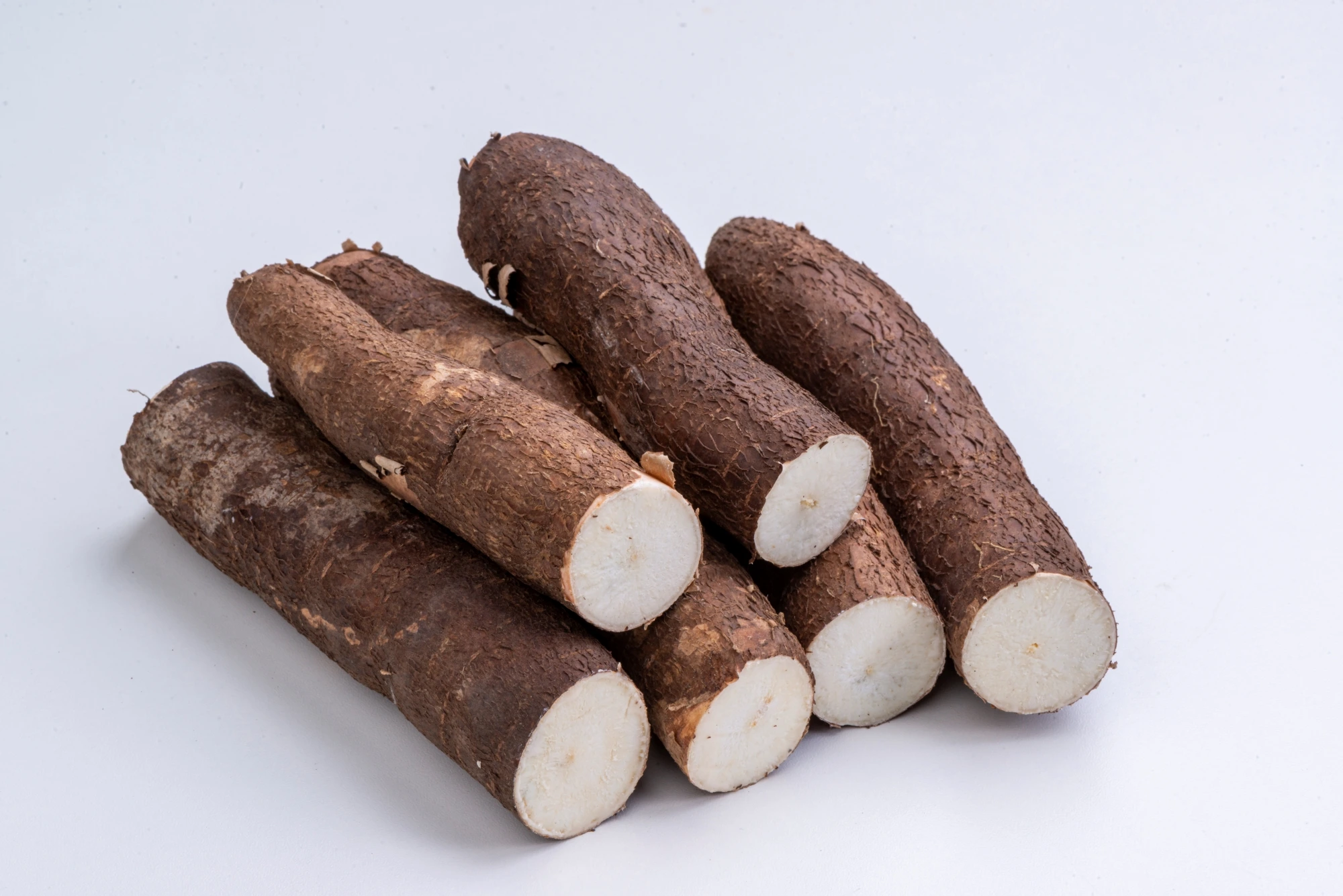
Here are 6 ways to choose soft cassava that you can easily practice when shopping:
1. Check the Outer Skin of the Cassava
The first step is to observe the condition of the outer skin. Good-quality cassava usually has smooth skin, not too dry, and free of black spots. Cracked or overly dry skin can indicate that the cassava has been harvested for a while and is starting to harden. So, always choose cassava with fresh, clean skin.
2. Pay Attention to the Color of the Skin
Still focusing on the outer appearance, the color of the cassava skin can also be an important factor. Soft cassava usually has light brown or yellowish skin. If the skin is too dark or appears grayish, it could mean the cassava has been stored for too long or is of lower quality. The younger the color of the skin, the softer it usually is inside.
3. Choose Cassava That Isn’t Too Old
Cassava that is too old is often fibrous, hard, and unsuitable for dishes like kolak or getuk. Therefore, pick cassava that is of medium size, not too large or long. Cassava of this size is usually younger and has a softer texture when cooked.
4. Examine the Ends of the Cassava
The next step is to check the ends of the cassava. Ends that appear cracked, dry, or have holes could be signs that the cassava is no longer fresh. Intact and moist ends indicate good-quality cassava. Also, check for signs of mold or rot in this area.
5. Check the Aroma of the Cassava
Although not overpowering, fresh cassava has a distinct aroma. Try sniffing the surface; if you detect a sour, musty, or fermented smell, it means the cassava has been stored for too long and is starting to spoil. Cassava with a mild, earthy scent is usually a sign that it is still fresh and safe for consumption.
6. Press with Your Finger
Lastly, you can try pressing the surface of the cassava with your finger. Good cassava will feel firm but not hard. If it feels too hard or overly soft and watery when pressed, it’s better to avoid it. The right texture ensures that the cassava will be soft when cooked and not fibrous.
Read More : How to Choose Sweet Snake Fruit that’s Perfectly Ripe, Super Easy!
Make Cassava into a Delicious Dish with FiberCreme!
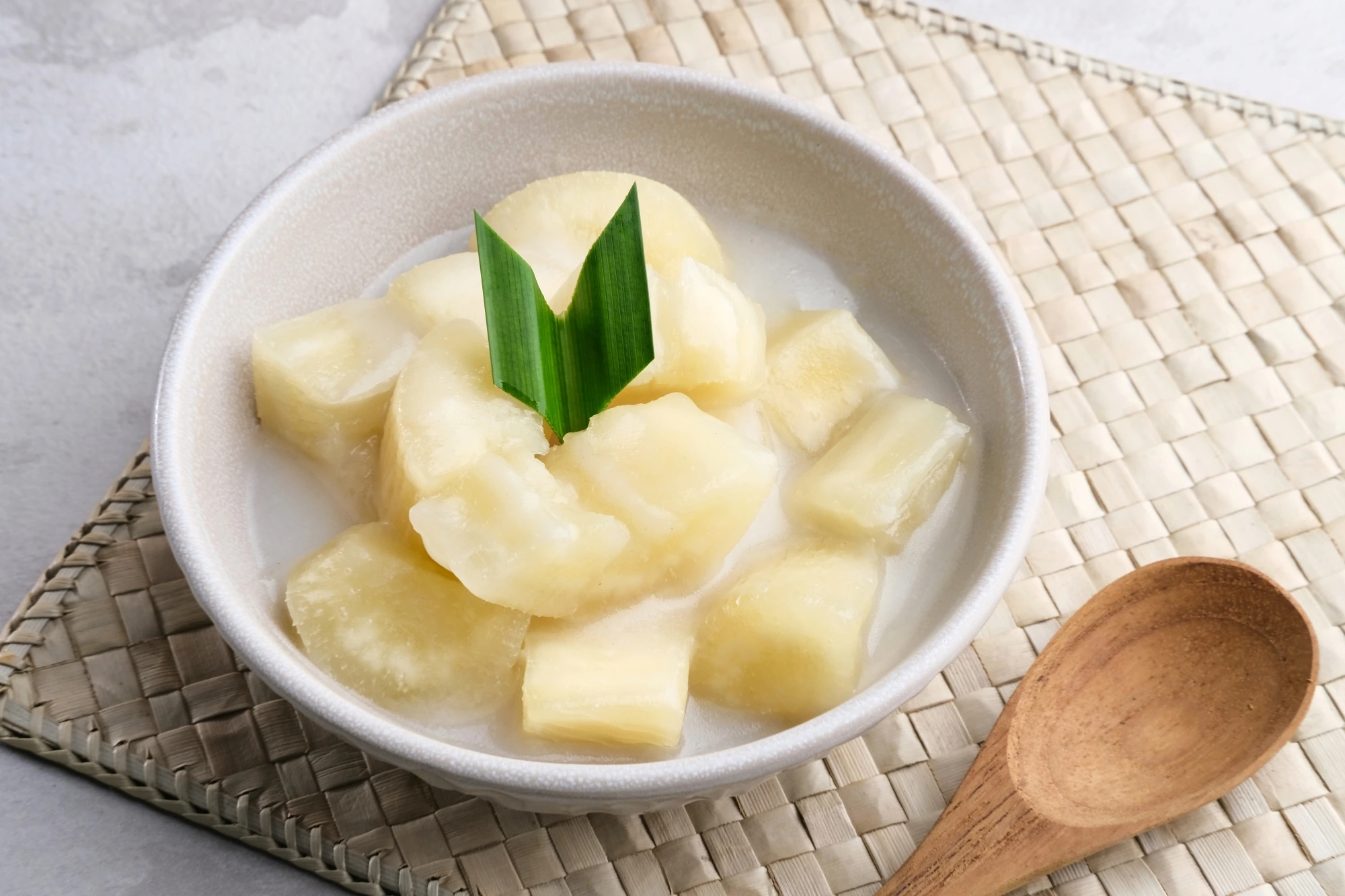
Now that you know the ways to choose soft cassava, there’s just one more step to make your cassava dishes even more special, try cooking them with FiberCreme! This multi-purpose powder is a healthier alternative to coconut milk with high fiber, low sugar, and 0mg cholesterol. It’s perfect for those of you who want to enjoy creamy dishes like kolak or even singkong Thailand without the guilt.
Let’s explore healthier and tastier cassava creations with FiberCreme! Find the recipes on Instagram @FiberCreme_TV and the Ellenka YouTube channel.

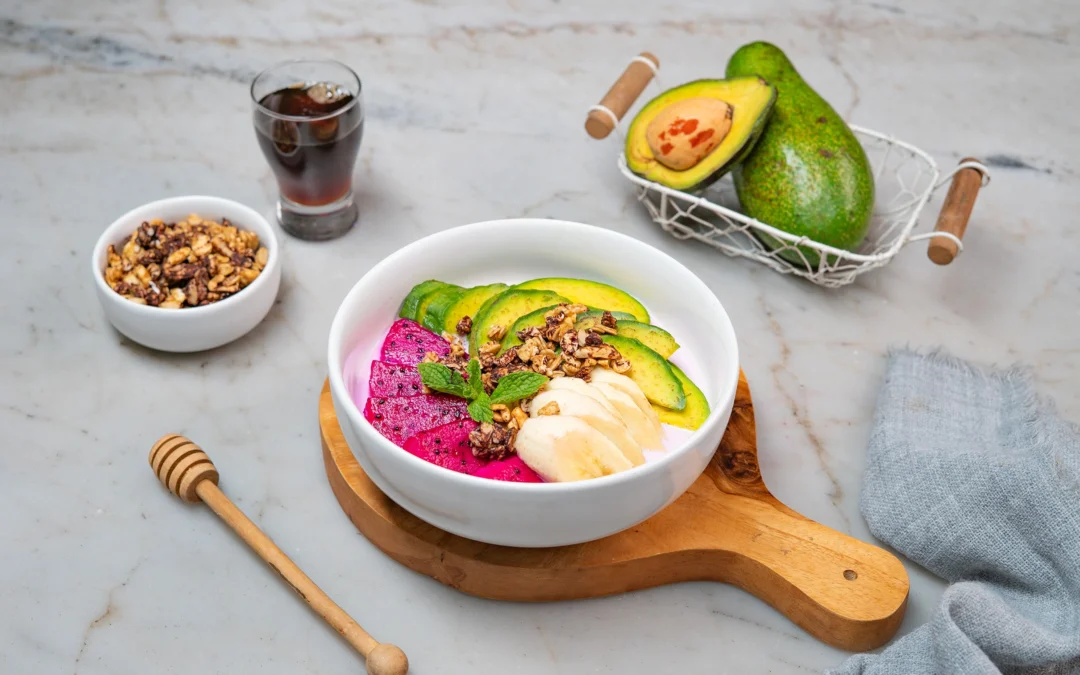

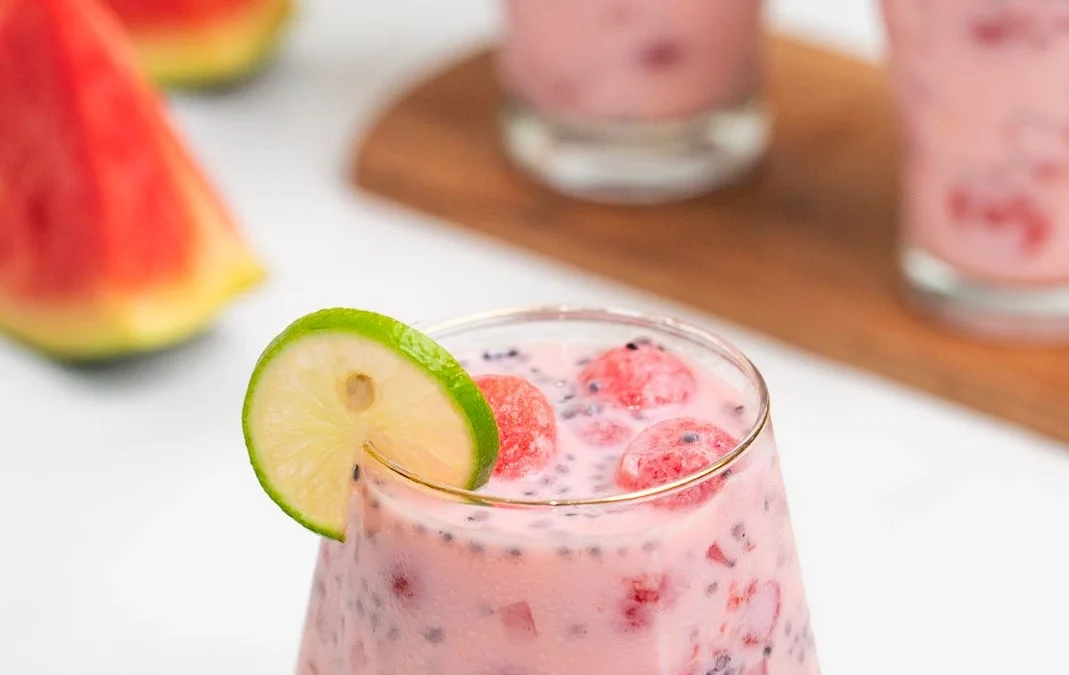
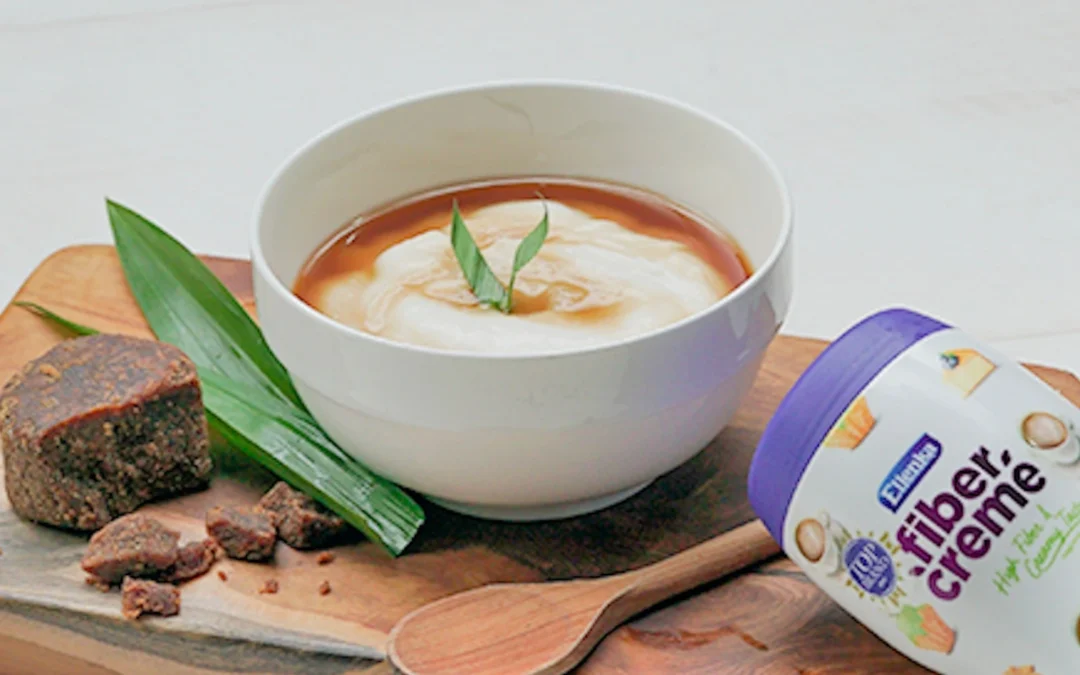
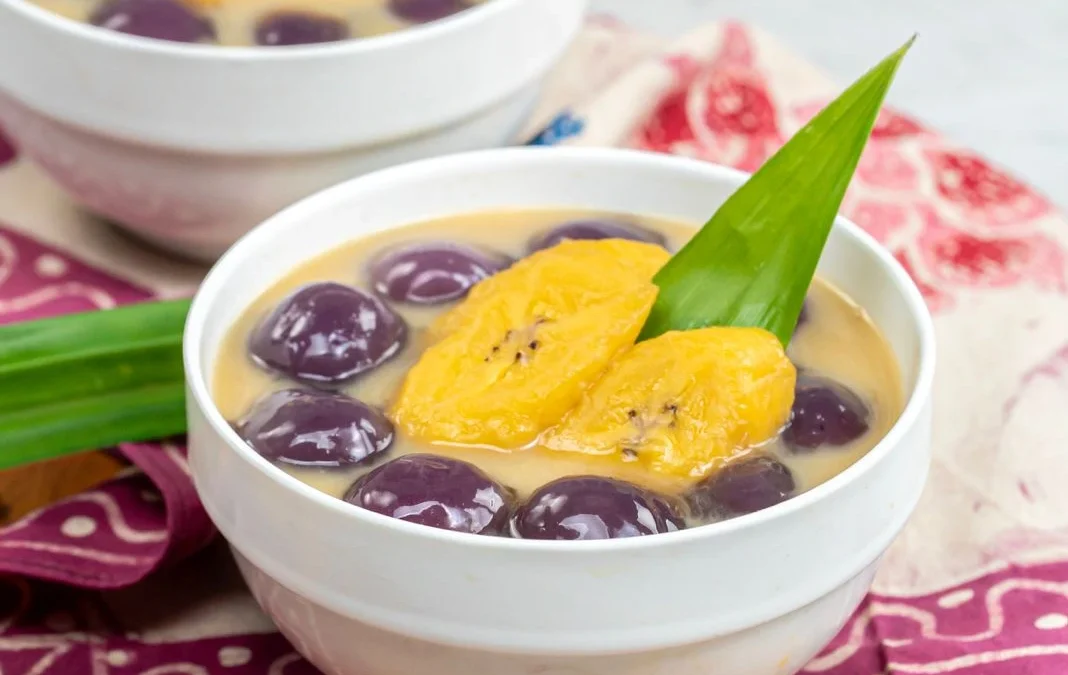
0 Comments